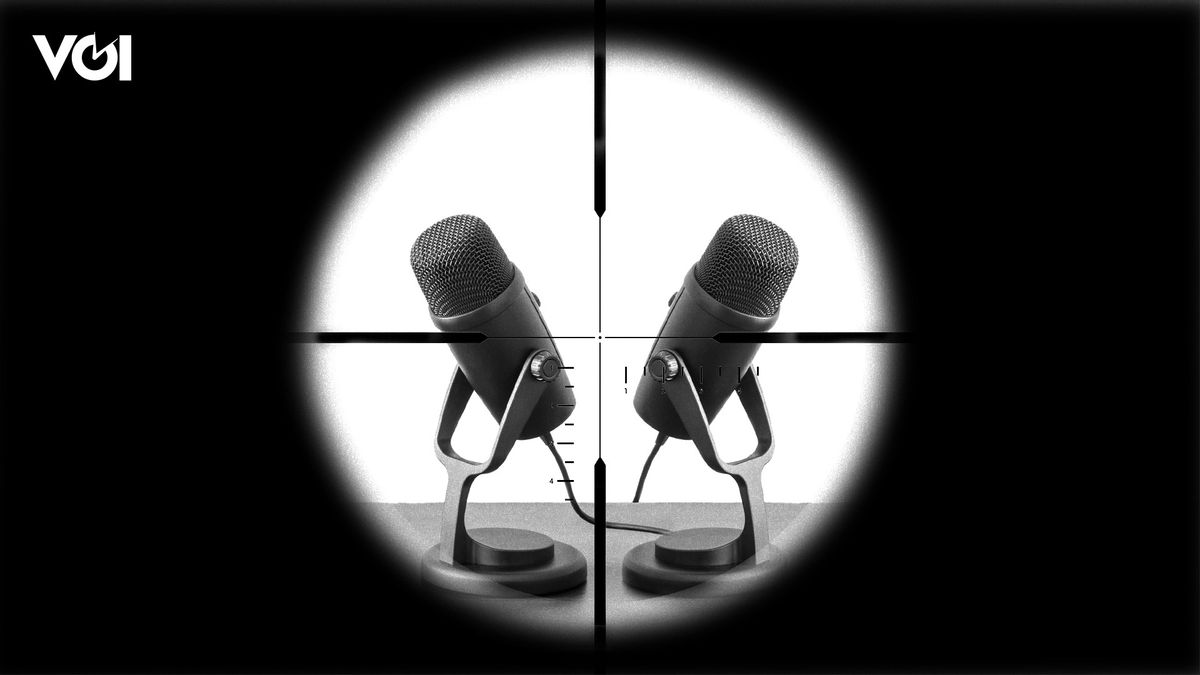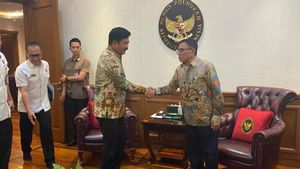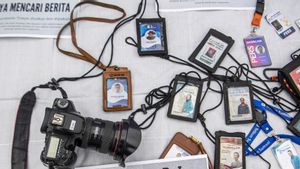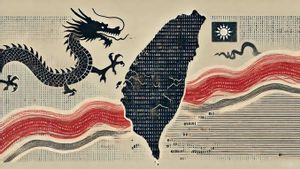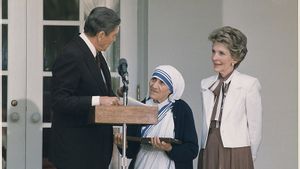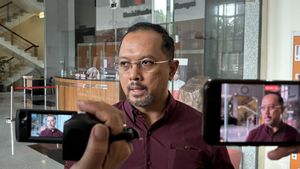JAKARTA The Broadcasting Bill (RUU) has sparked controversy lately. Various journalist organizations, from IJTI, AJI, PWI to the Press Council, criticized them for prohibiting the broadcast of investigative journalism exclusively in one of their articles.
Whereas if you read the overall draft of the Broadcasting Bill circulating in the public, there are still other controversies, because they are considered to have taken the authority that has been regulated in other laws and regulations. In other words, a lot of material in the draft of the Broadcasting Bill collides with other laws.
Article 34F paragraph (2) of the Broadcasting Bill draft states that broadcast digital platform operators and/or other broadcasting technology platforms are required to verify broadcast content to the Indonesian Broadcasting Commission (KPI) in accordance with Broadcasting Code of Conduct (PPP) and Broadcast Content Standards (SIS).
With this article, the Broadcasting Bill also regulates the implementation of digital broadcasting platforms. This means that content creators who own and live social media accounts such as Youtube, TikTok are also included in the realm of this Broadcasting Bill.
SEE ALSO:
This was revealed by the Executive Director of the Institute for Community Studies and Advocacy (ELSAM), Wahyudi Djafar. According to him, if you read the draft formulation now compiled by the DPR, the regulation of the revision of the broadcasting law will reach a digital platform.
"Including content distributed through user-based content or UGC platforms, such as Youtube, TikTok and so on," he said Monday, May 20, 2024.
These arrangements are considered overlapping with regulations in other laws. This is because currently UGC-based platform arrangements such as Youtube, TikTok and so on refer to the Electronic Information and Transactions Law (UU ITE).
Even if referring to Government Regulation No. 71 of 2019 concerning the Implementation of Electronic Systems and Transactions and Permenkominfo No. 5 of 2020, it has explained the arrangements for content distributed/transmissioned through UGC-based platforms.
"Of course it can be a new problem when the content distributed through the UGC platform is equated with broadcast content," Wahyudi added.
He explained that broadcast content is produced by broadcasting institutions such as television, production houses and so on. Meanwhile, content through the UGC platform is individual content or content creators and is then distributed through the UGC platform.
The Broadcasting Bill As The Legal Basis For Monitoring Digital Platforms
The same thing was conveyed by the Head of PWI, Hendry Ch Bangun, who admitted that the draft of the Broadcasting Bill also targets the freedom of podcasters in creating creative content. This is because the Indonesian Broadcasting Commission (KPI) will monitor various content on social media platforms.
What is called the broadcast content here (the Broadcasting Bill) is not only in the mass media. But also individuals, so podcasters, right. For example, people report accidents, blood, and according to KPI this is sadistic, for example. Then his account is proposed to be frozen or removed," he said.
Researcher of the REMotivi media and communication study center, Muhamad Heychael added, if you read the draft, it can be interpreted that the Broadcasting Bill will be expanded to the digital realm or OTT which has the potential to lead to content creators on various platforms including YouTube, Google, Meta, and so on.
This can be seen from the expansion of KPI's authority to monitor digital content or visual audio. In addition to questioning the technical ability of KPI to do so, Heychel emphasized that this could be said as surveillance, aka monitoring.
They seem to put what is happening in the digital realm such as logic on television or broadcasting. Broadcasting uses public resources. Unlike digital, it is not simultaneous. This is about to be hit. The consequences include journalistic products in digital media. There is also an article where KPI has the authority as a content clarification. This is even crazier," he explained.
UI communication expert, Effendy Ghazali assessed that the draft draft of the Broadcasting Bill could have anticipated the possibility of moving investigative journalism from conventional broadcasting media to digital platforms.
He revealed, to present an investigative journalism takes a long time, a large enough cost and drains energy. However, it is not certain that the results of the investigative journalism can attract financial benefits for media owners.
"If the results of chatting with senior journalists, actually investigative journalism without being banned can be dead' by itself due to various factors. We can see at what time, for example, the broadcast of the investigation," he said.
"Well, now many have moved to digital platforms, which are most often in the spotlight now, it's Bocor Alus. This may make the Broadcasting Bill also expanded to supervise even though there is an ITE Law," added Effendy.
Unair media observer, Irfan Wahyudi interpreted various prohibitions in the draft of the Broadcasting Bill as a form of silence of the press and media expression. According to him, the regulation is confusing and causes public unrest. As a form of improvement of Law Number 32 of 2002, the Broadcasting Bill needs to be adjusted to the times.
On its way, Irfan reviewed two regulations that regulate broadcasting issues. First, the Presidential Decree in the Omnibus Law, which regulates broadcasting. Second, the ITE Law or broadcasting regulations from KPI. Now, the broadcasting bill also regulates the same thing.
"The problem lies in the draft of the broadcasting bill which has a function similar to the ITE Law in its implementation. So, between the ITE Law and the Broadcasting Bill, it overlaps and triggers confusion," he said.
Irfan emphasized that the current draft of the Broadcasting Bill has the potential to make it easier for the government to limit and even criminalize content that is considered disturbing, not only from the media, but also content creators on digital platforms.
The English, Chinese, Japanese, Arabic, and French versions are automatically generated by the AI. So there may still be inaccuracies in translating, please always see Indonesian as our main language. (system supported by DigitalSiber.id)
